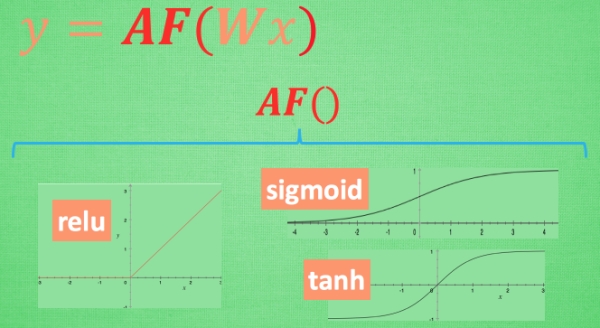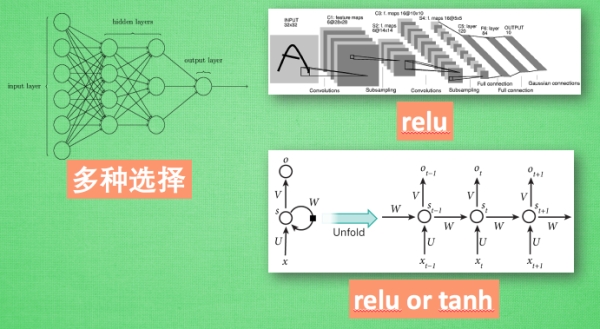import tensorflow as tf
import numpy as np
import matplotlib.pyplot as plt
# fake data
x = np.linspace(-5, 5, 200) # x data, shape=(100, 1)
# following are popular activation functions
y_relu = tf.nn.relu(x)
y_sigmoid = tf.nn.sigmoid(x)
y_tanh = tf.nn.tanh(x)
y_softplus = tf.nn.softplus(x)
# y_softmax = tf.nn.softmax(x) softmax is a special kind of activation function, it is about probability
sess = tf.Session()
y_relu, y_sigmoid, y_tanh, y_softplus = sess.run([y_relu, y_sigmoid, y_tanh, y_softplus])
# plt to visualize these activation function
plt.figure(1, figsize=(8, 6))
plt.subplot(221)
plt.plot(x, y_relu, c='red', label='relu')
plt.ylim((-1, 5))
plt.legend(loc='best')
plt.subplot(222)
plt.plot(x, y_sigmoid, c='red', label='sigmoid')
plt.ylim((-0.2, 1.2))
plt.legend(loc='best')
plt.subplot(223)
plt.plot(x, y_tanh, c='red', label='tanh')
plt.ylim((-1.2, 1.2))
plt.legend(loc='best')
plt.subplot(224)
plt.plot(x, y_softplus, c='red', label='softplus')
plt.ylim((-0.2, 6))
plt.legend(loc='best')
plt.show()


